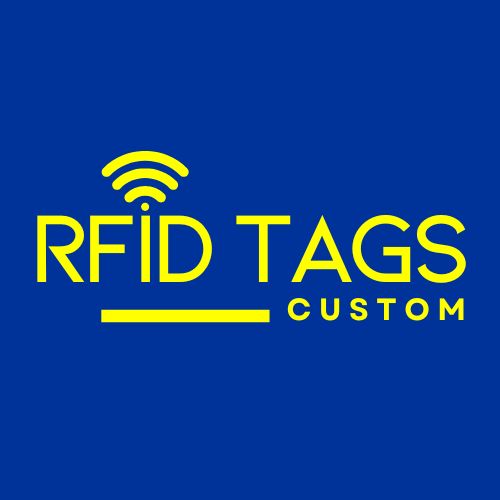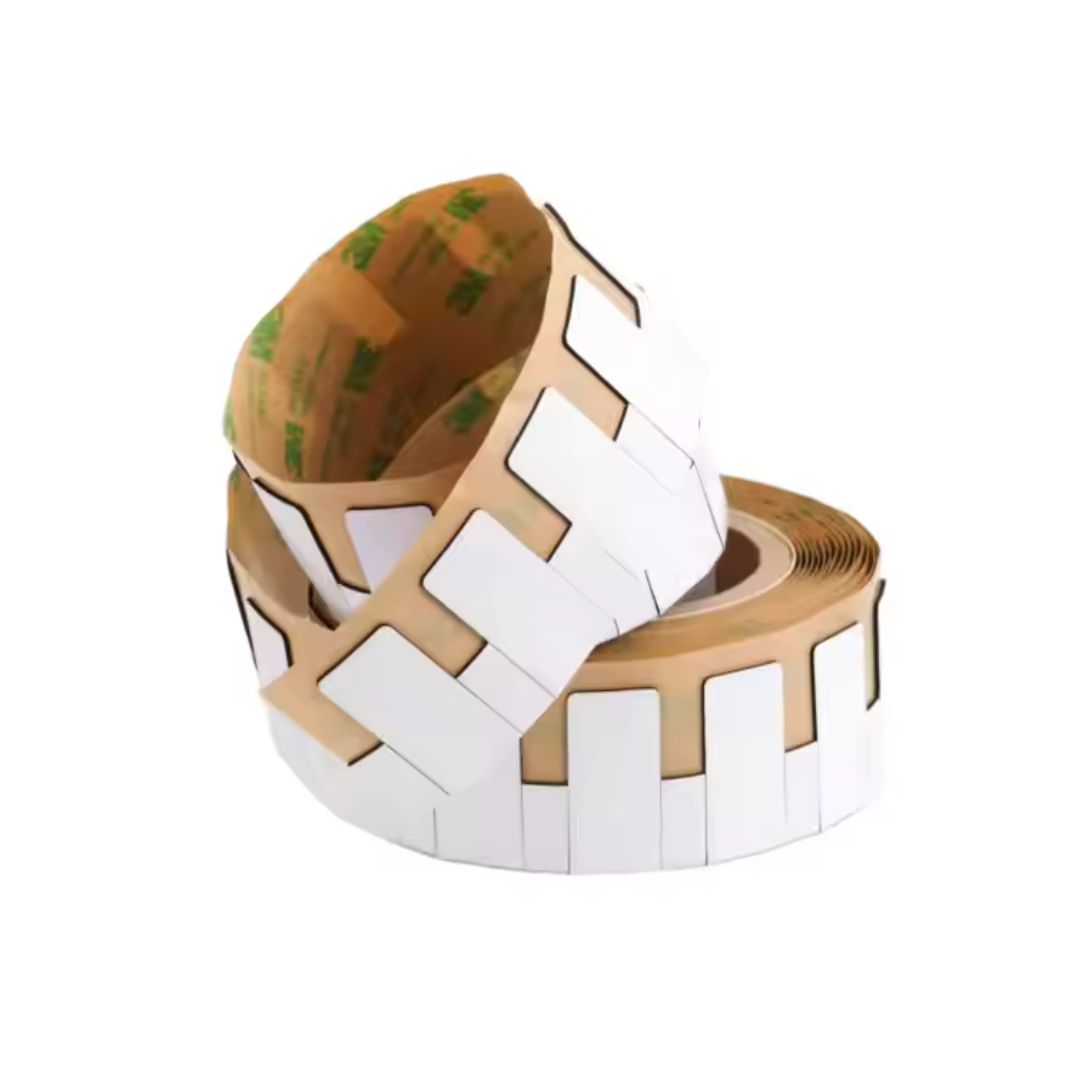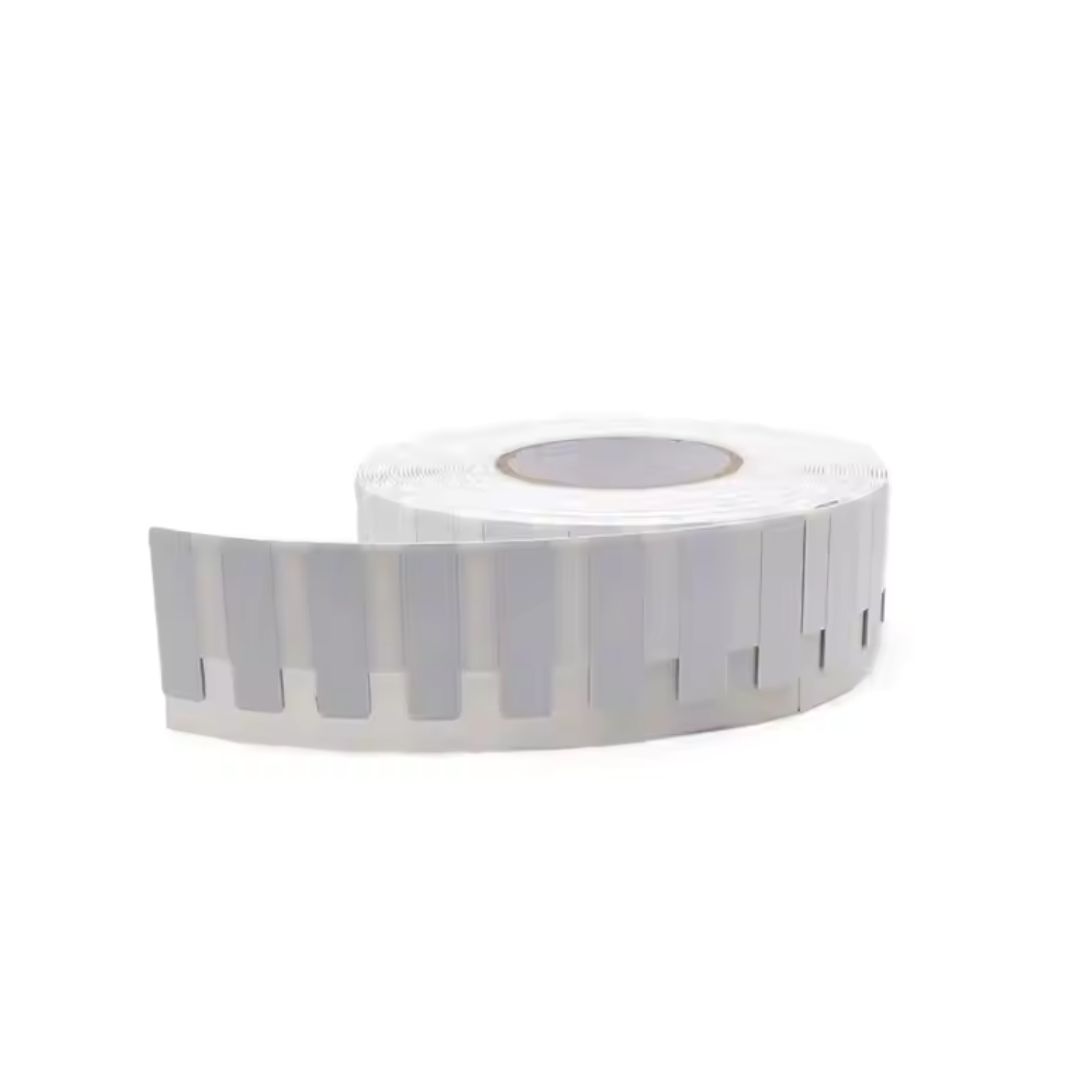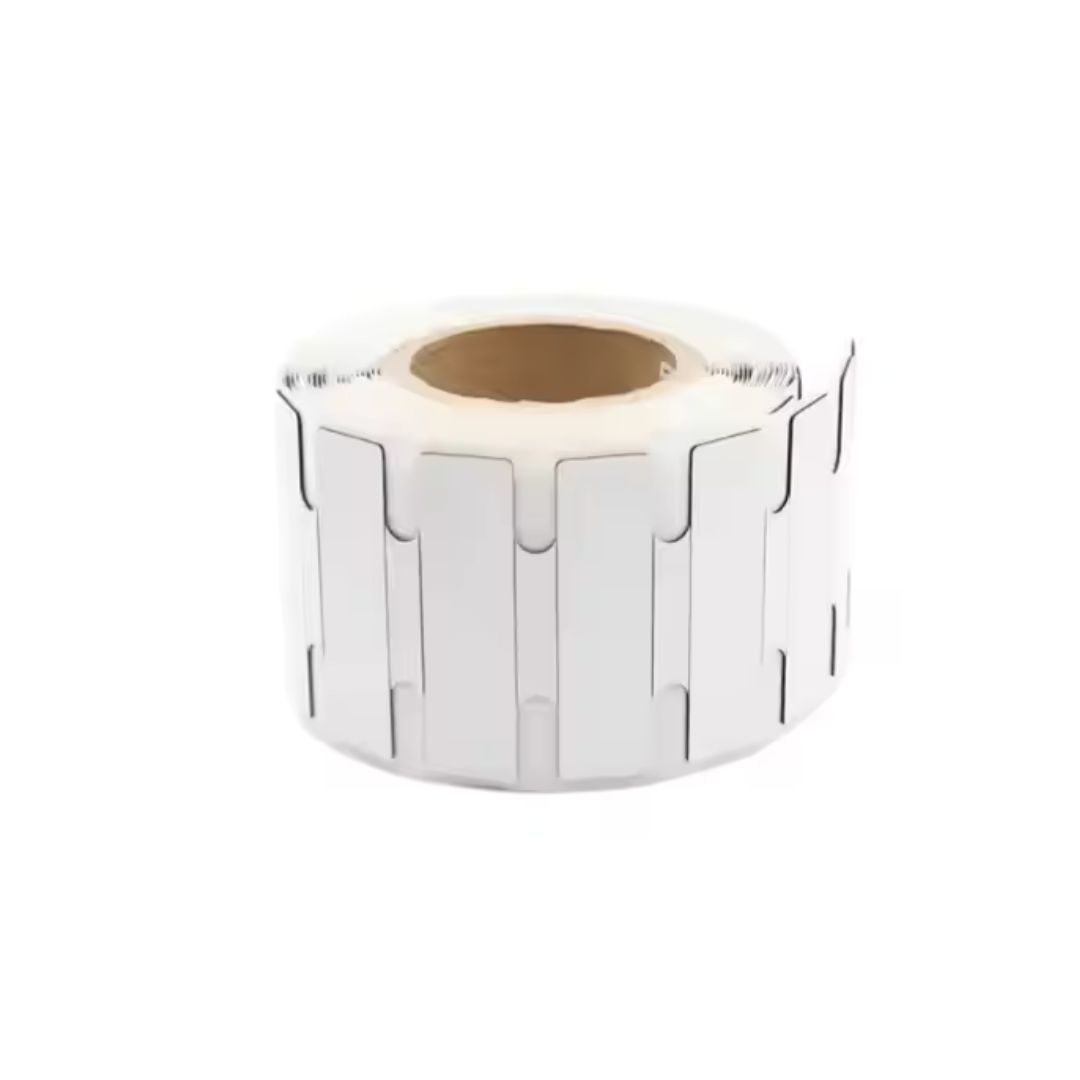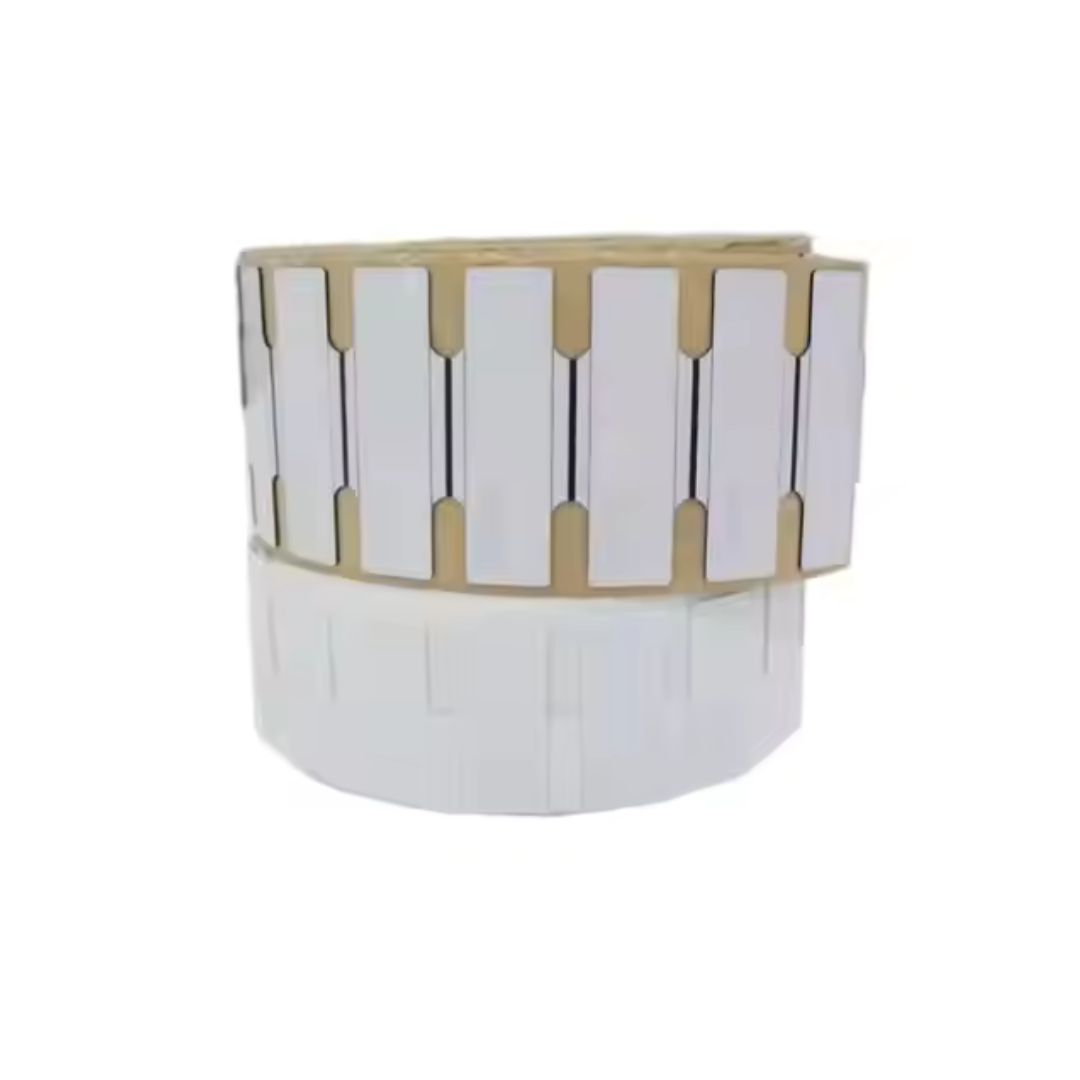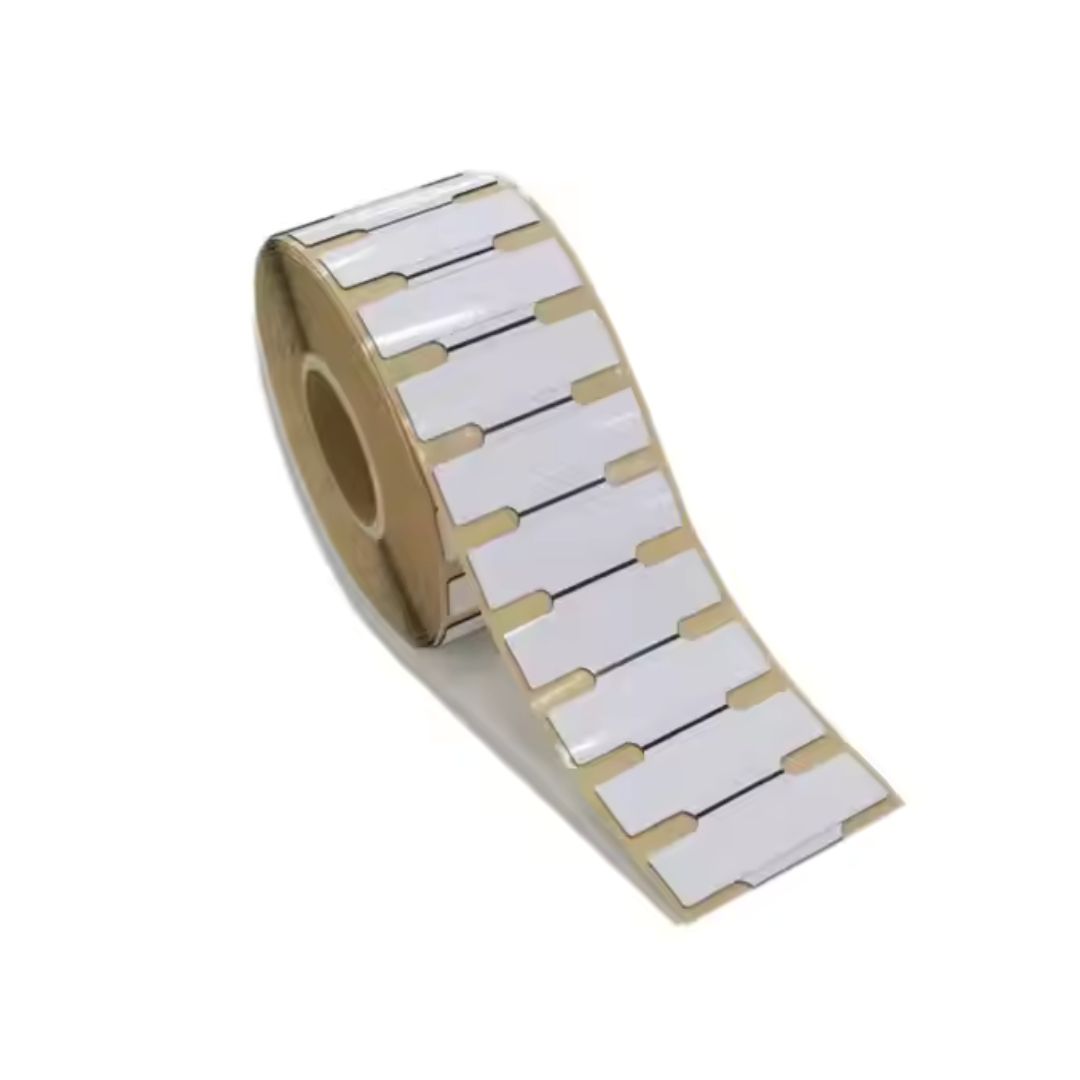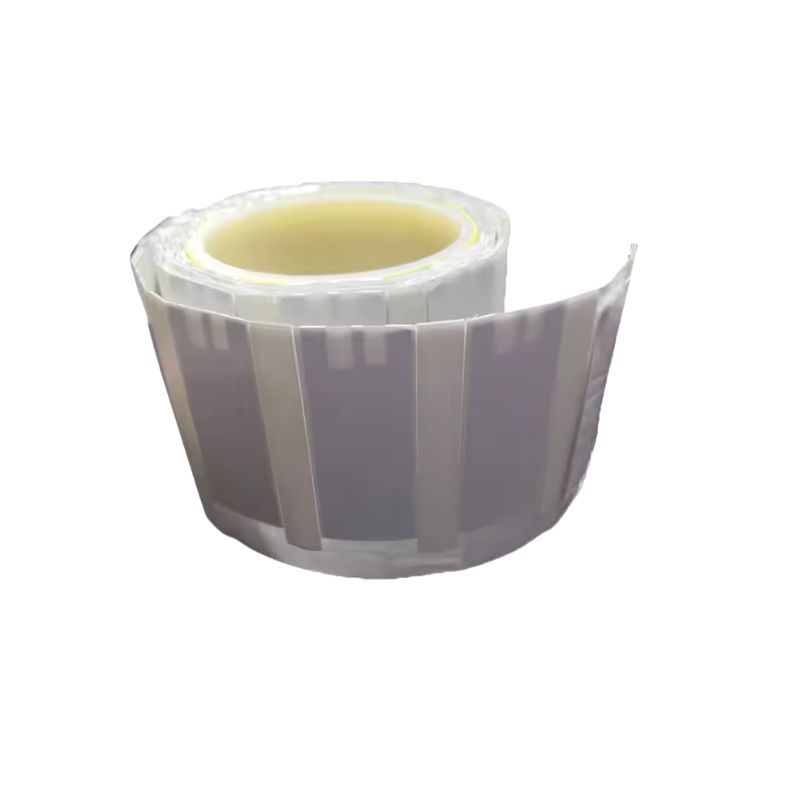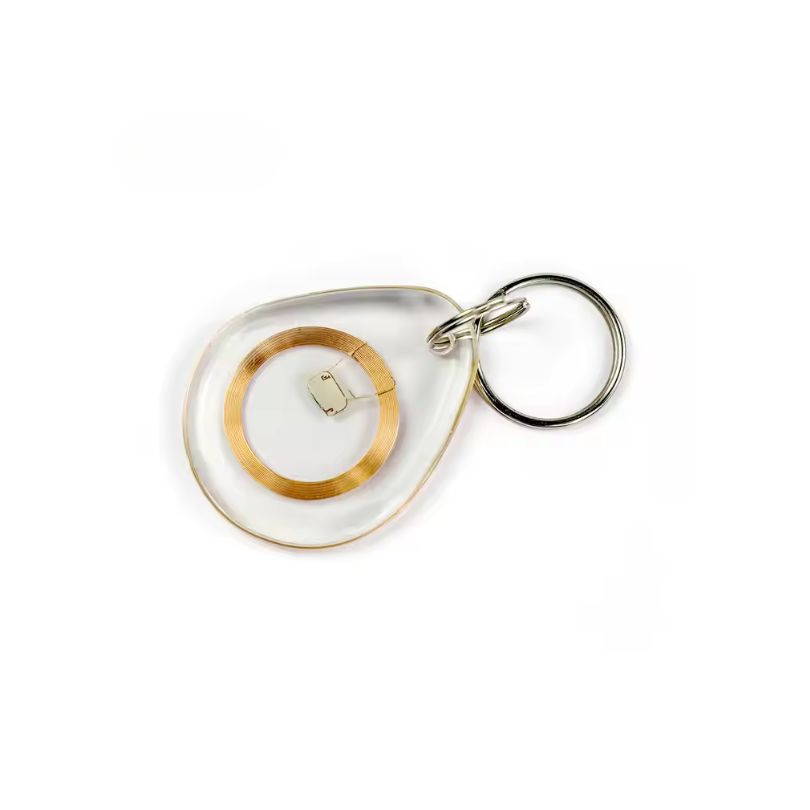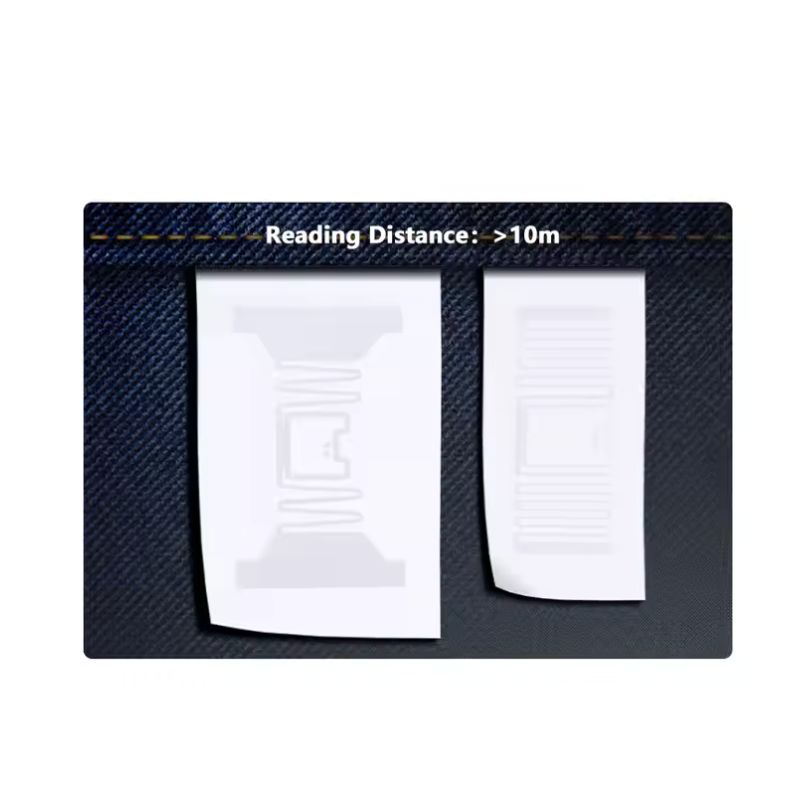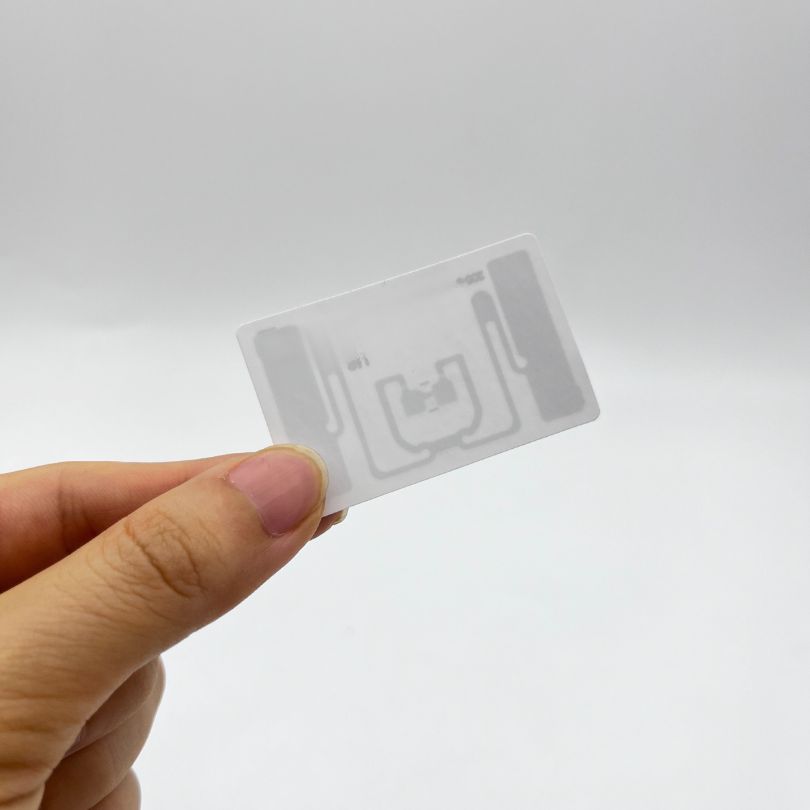
UHF Flexible Passive On-Metal RFID Tags for Curved Surface
RFID Anti Metal Tag: Reliable Tracking for Metal Environments
Accurate and efficient asset tracking is crucial in today’s complex industrial and logistical operations. Metal surfaces can significantly impair the performance of standard Radio-Frequency Identification (RFID) systems. Our on-metal RFID tags provide a robust solution engineered for reliable tracking in the presence of metal and are suitable for various applications.
The Advantage of On-Metal RFID Tags
Our on-metal RFID tags make it all possible, eliminating the limitations of traditional RFID technology and providing a seamless, reliable tracking experience. The key benefits include:
- Real-time, Granular Visibility: Gain unparalleled insight into the location and status of your assets in real-time. No more guesswork or time-consuming manual searches.
- Heightened Inventory Accuracy: Achieve near-perfect control over your inventory by accurately tracking raw materials, components, and finished products, even when stored on metal racks or containers.
- Seamless Audit Trails: Generate detailed records of asset movements, providing a comprehensive audit trail for compliance with industry regulations and quality control standards.
- Simplified Maintenance Scheduling: Proactively maintain your assets based on real-time data, reducing unexpected downtime and extending operational lifespan. Our on-metal RFID tags provide the insights you need.
The Technical Specifications of on-metal RFID tags
| Feature | Specification | Notes/Units |
|---|---|---|
| RFID Standards and Frequency | ||
| RFID Protocol | EPC Global Class 1 Gen 2, ISO 18000-6C | Industry-standard for UHF RFID |
| Frequency Range | 860-960 MHz (Global UHF) | Region-specific frequencies available (e.g., 902-928 MHz for North America, 865-868 MHz for Europe) |
| Performance Characteristics | ||
| Read Range (On-Metal) | Up to 8 meters (typical) | Varies depending on tag size, reader power, and environment. Specify test conditions. |
| Read Range (Off-Metal) | Up to 12 meters (typical) | It may be higher than on-metal, depending on the design |
| Write Endurance | 100,000 cycles | Number of times the tag’s memory can be written to |
| Data Retention | 50 years | Expected data retention time at a specified temperature |
| TID (Tag ID) | Unique, factory-programmed | Typically 96 bits |
Unlock Efficiency with Reliable On-Metal RFID Tags
In conclusion, our on-metal RFID tags offer a powerful and reliable solution for tracking assets in environments where metal interference poses a significant challenge. These tags can significantly enhance operational efficiency and reduce costs by providing real-time visibility, improved inventory accuracy, and streamlined maintenance scheduling. Our on-metal RFID tags are designed for challenging environments that require durability.
Choose our on-metal RFID tags to gain the competitive edge you need in today’s dynamic marketplace. Explore our comprehensive range of on-metal RFID tags today and discover the perfect solution for your asset tracking needs.
Get Your Custom RFID Tags
As a leading custom RFID tag manufacturer, we craft solutions based on the unique needs of your operation. We offer a wide range of customization options, including material, size, frequency, encoding, and read distance, ensuring each RFID Tag is perfectly customized to your requirements. No matter what application you use RFID tags for, we can provide rugged, reliable RFID tags that meet the highest quality and durability standards. Here are the main ways we customize RFID tags to fit your needs.

Material Selection
Material is key for customizing RFID tags. Plastic works in harsh conditions, while softer materials suit delicate spaces. Different materials also affect signal performance. Pick what fits your use case to ensure your tags last and work reliably.

Customized Size
Size shapes usability. Small tags fit tight spaces or tiny items, while larger tags are easily read. In crowded areas, sleek tags prevent clashes. Align shape and dimension with your goods for visibility, convenience, and performance.

Frequency Requirements
Choose LF, HF, or UHF based on read range, speed, and interference. LF and HF resist metals and liquids but have shorter ranges. UHF offers an extended range yet may face signal blocks. Match frequency to your environment for reliable performance.

Reading Distance
Define the distance at which you have to read the tag. Short distances work for retail checkouts, while warehouses may need meters of coverage. Antenna design, reader settings, and power outputs affect range.Adjust these factors to capture data accurately at the distance you need.

Encode
Plan how data is stored on each tag. Some only hold an ID, while others contain detailed info. Decide if you need a simple EPC or added user memory. Ensure your chosen format works with existing software. Proper encoding streamlines processes and slashes errors.

Application Environment
Consider real-world conditions. Temperature swings, humidity, and chemicals can degrade tags. For outdoor use, opt for UV-resistant casings. In healthcare or food settings, ensure compliance with safety rules. Matching your tags to the environment maximizes their lifespan.
Related Products
Customize any RFID tags from our factory to meet your requirements.
